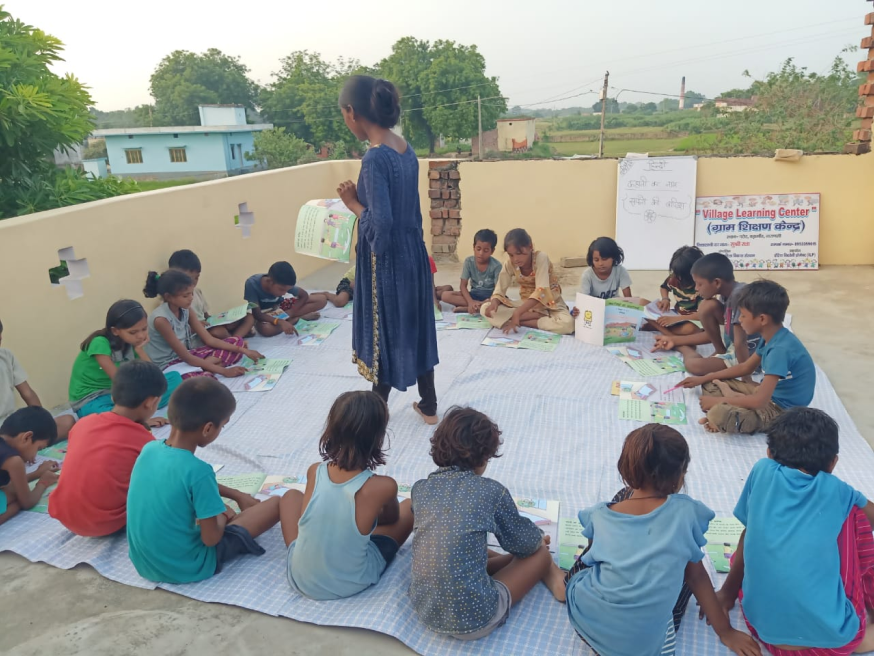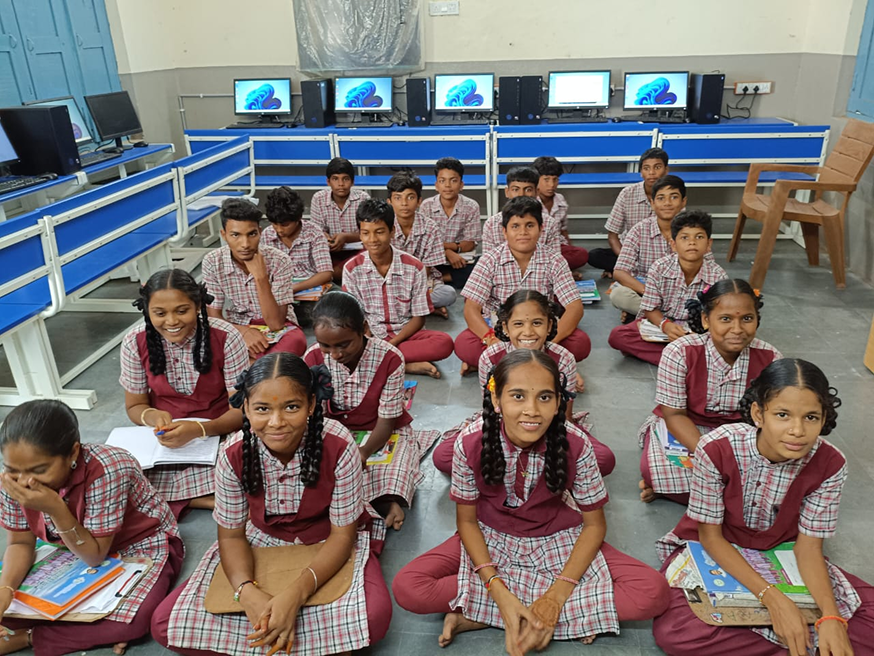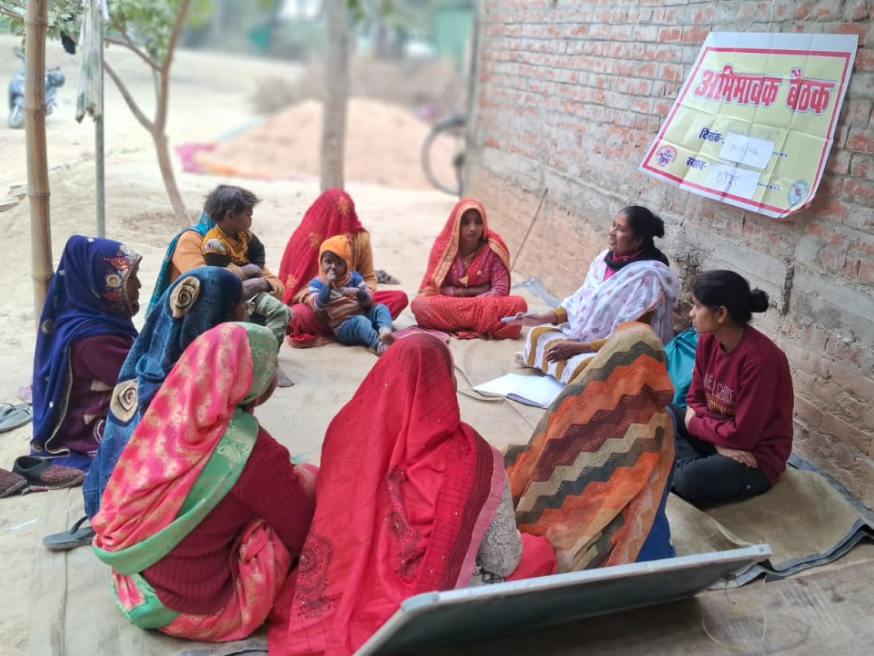We focus on the three stages of high-quality education

Schooling
We bridge the gap for vulnerable communities and out-of-school children, promoting school enrollment, attendance and retention.
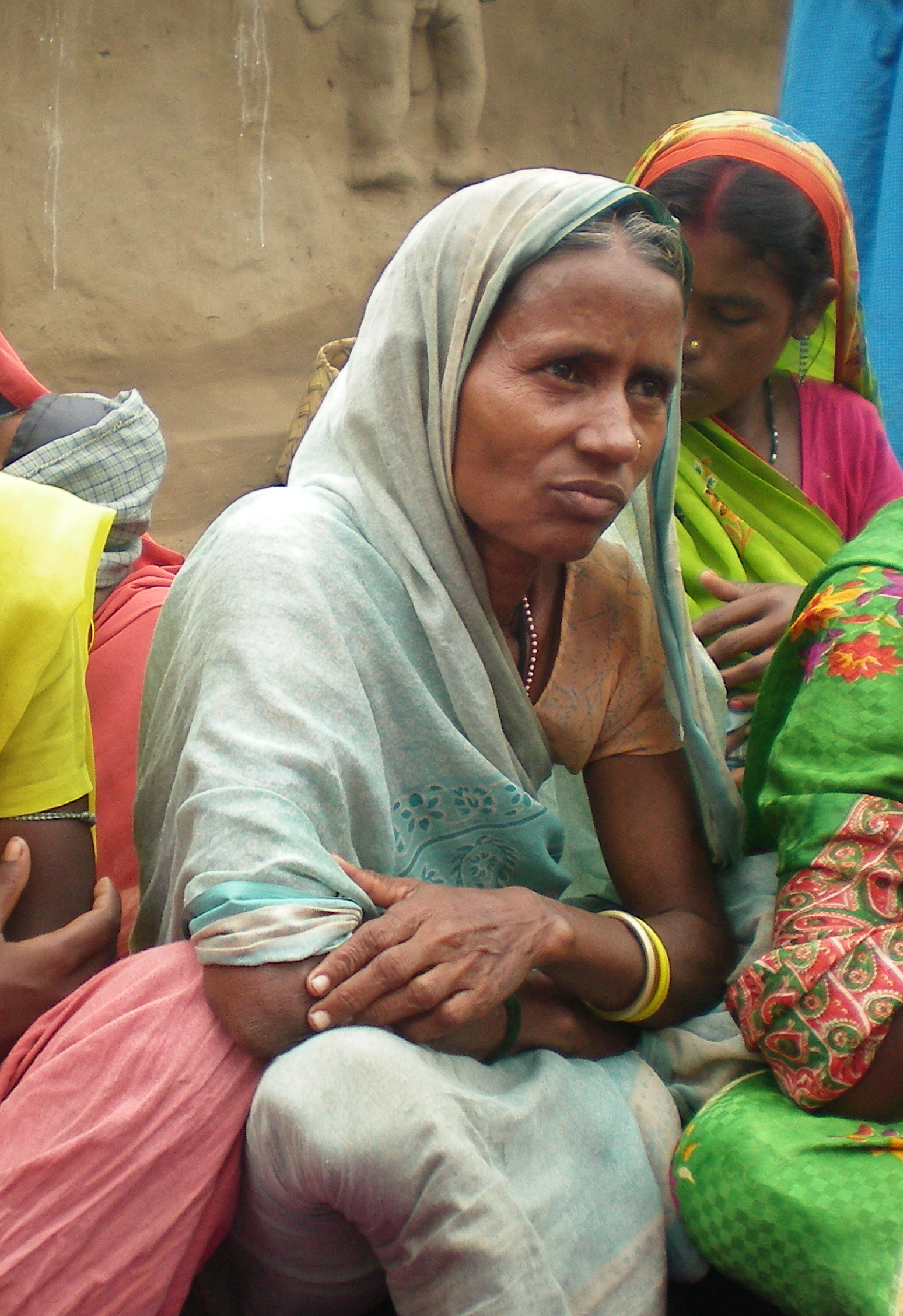
Fostering community engagement

Enrollment & Retention
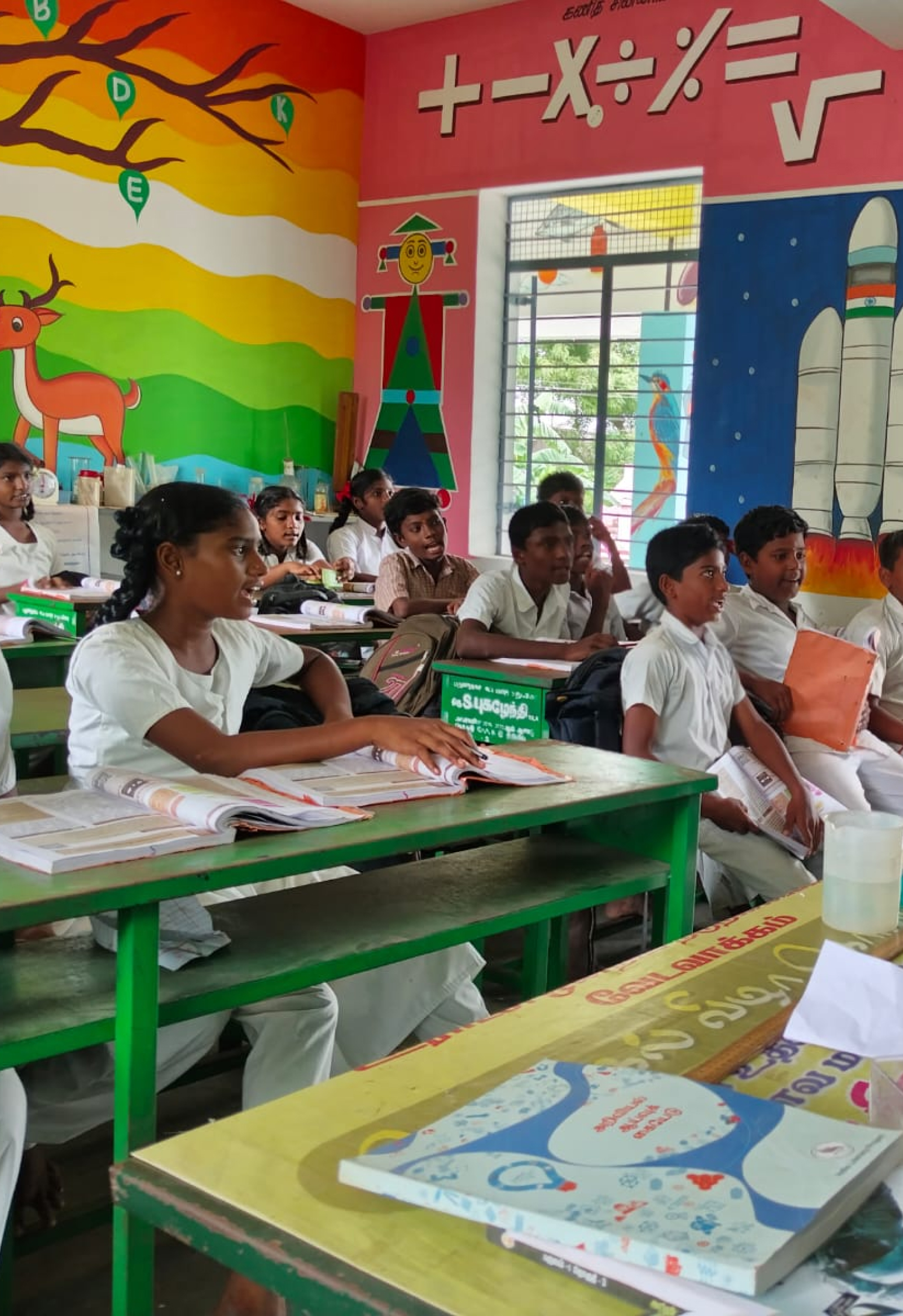
Setting up model schools
Impact since inception
220+
Child labor & child marriages cases addressed & children re-enrolled in school
10,000+
Out of school children enrolled into schools
174
Government preschools opened/upgraded through community empowerment
3,000+
Schools with active community involvement in governance and infrastructure
Our approach to Schooling
Over the last two decades, India has made significant progress in education. Enrollment in primary schools has risen to nearly 96%, and infrastructure has improved. Yet, many children from vulnerable and marginalized communities are still left behind. They face barriers like lack of access, poverty, child labor, or early marriage — all of which prevent them from receiving a quality education.
At India Literacy Project (ILP), we define “Schooling” as more than just enrollment. For us, it means ensuring every child not only gets to school but stays in school, learns well, and transitions smoothly to higher classes. We work primarily in remote, rural, and disadvantaged communities, building strong ecosystems around government schools so that children can thrive.
Who we serve
Preschools (3–6)
The foundational year
Primary (6–14)
Habit of learning
Upper primary & high school (14+)
Preparing for the future
How we strengthen schooling
The bigger goal
All these efforts come together to ensure that children in government schools gain grade-level skills, complete their education, and are prepared for productive careers. For ILP, schooling is not just about getting children into classrooms — it’s about creating opportunities for a lifetime.
